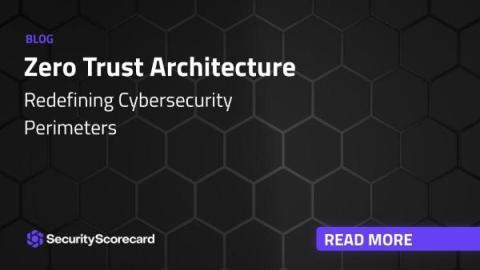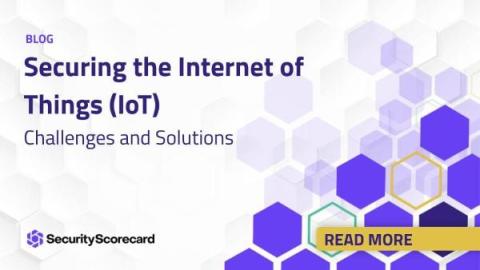Security | Threat Detection | Cyberattacks | DevSecOps | Compliance
Risk Management
Integrating ESG Into a TPRM Program: Mitigating Operational Risk
Unveiling the MOVEit Vulnerability
In the ever-evolving landscape of cybersecurity, staying ahead of potential threats is a perpetual challenge for businesses. One recent vulnerability that has sent shockwaves through the corporate world is the MOVEit vulnerability. This flaw, discovered in widely used file transfer software, has had a profound impact on companies across various industries.
The Role of Artificial Intelligence in Cybersecurity
The integration of artificial intelligence (AI) into various domains has become ubiquitous. One area where AI’s influence is particularly pronounced is in cybersecurity. As the digital realm expands, so do the threats posed by cybercriminals, making it imperative to employ advanced technologies to safeguard sensitive information.
Top Ransomware Trends of 2023
In recent years, the landscape of cyber threats has witnessed a dramatic shift, with ransomware emerging as a formidable and ever-evolving menace. As organizations and individuals become increasingly dependent on digital infrastructure, cybercriminals are quick to adapt their tactics, making it crucial to stay abreast of the latest trends in ransomware.
Zero Trust Architecture
Redefining Cybersecurity Perimeters Traditional security models that rely on a defined perimeter are proving to be inadequate in protecting sensitive data and systems. The increasing sophistication of cyber threats demands a more proactive and robust approach. Enter Zero Trust Architecture (ZTA), a paradigm shift in cybersecurity that challenges the conventional notion of trust within network boundaries.
What to Know About Biometric Security
Biometric authentication has emerged as a cutting-edge technology that promises to enhance the accuracy and efficiency of identity verification. Biometrics involves the use of unique physical or behavioral characteristics to confirm a person’s identity, and its applications range from unlocking smartphones to securing sensitive government facilities.
Securing the Internet of Things (IoT)
The Internet of Things (IoT) has emerged as a transformative force, connecting devices, sensors, and systems to enable seamless communication and data exchange. From smart homes to industrial processes, IoT has revolutionized the way we live and work. However, with this proliferation of connected devices comes a significant challenge: ensuring the security of the IoT ecosystem.
Navigating Uncertainty: Why Are Risk Assessments Important for Your Business?
You understand why risk assessments are essential in ensuring success and longevity in the complex business world. A comprehensive understanding of potential hazards and effective mitigation strategies is crucial for safeguarding your organization and achieving a competitive edge. Dive into the fascinating world of risk assessments and discover how they can protect your business from unforeseen threats, enhance decision-making, and ultimately secure your bottom line.
The Evolution of Cybersecurity Education and Training Programs
The significance of cybersecurity has never been more pronounced. As cyber threats evolve and become more sophisticated, the need for robust cybersecurity education and training programs has become paramount. Let’s explore the evolution of cybersecurity education and training, highlighting the growing importance of these programs in developing a skilled workforce capable of protecting against cyber threats.











